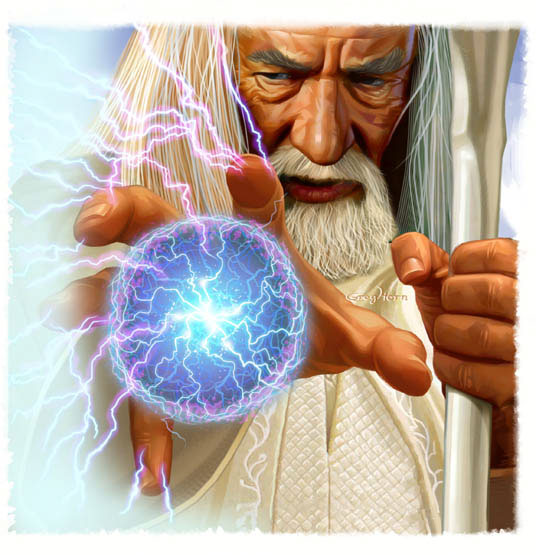|

























 |
|
Glossary of Terms
S
| Solder
-
The most fundamental building block of
a printed circuit board is SOLDER.
What is SOLDER? The most common type
of solder used in electronics up until
the
RoHS Mandate in 2006 was 63% Tin
and 37% Lead. Now days there are many
different alternatives to solder
containing lead... also much controversy
regarding the reliability and whether or
not the banning of lead in solder was
such a good idea environmentally... see
the lead free
page for more info.
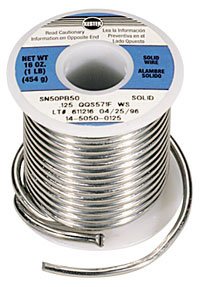 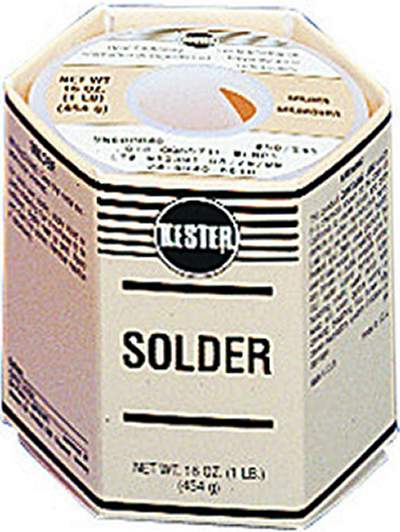 
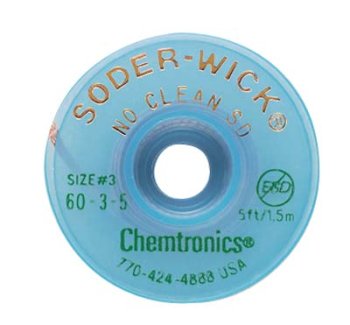 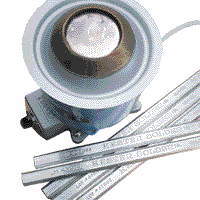
|
Mechanical
Properties |
 |
|
|
|
| As can be seen
from the above table, the 63% tin 37%
lead solder alloy results in the
maximum tensile strength, shear
strength, impact strength, and
resistance to creep. This 63-37
composition is also known as the
eutectic point of the alloy,
where the alloy behaves like a pure
metal having a single melting
(solidification) temperature (176ºC /
349ºF). This is a good operational
feature. Once the solder melts on
application of heat, it solidifies
immediately on removal of heat,
without going through a pasty stage
like other alloys. This allows for
predictable soldering and fast cycle
times. |
Solder comes in many forms
based upon the end use. Bar solder is
extruded and shipped for use with solder
bath or solder pot use or even Hot Air
Solder Leveling or HASL machines. Solder
Paste is used in screening applications
for reflow oven soldering, Solder 'wire'
is used for hand soldering with a
soldering iron or pencil, by electronics
hobbyists and assemblers and for rework. Aids to
soldering like water soluble soldering
flux, rosin core solders, different size
soldering irons for different soldering
jobs, cleaners, no-clean fluxes, solder
wick for hand touch up or removal of
solder, solder suckers, Also lead -free
solders for compliance with the European RoHS directive due to be enforced after
June 2006. Much can be found on-line on
the subject.
http://www.solderchemistry.com/en/solder.html
http://www.solderchemistry.com/en/lead_free.html
|
Solder Types |
 |
|
| Many metals and
their alloys can be used as solders.
The following table gives a quick
overview of various solder materials
and their applications:
|
Solder |
Applications |
Characteristics |
| Bismuth |
Low
temperature soldering |
Deforms
easily. Needs Aggressive fluxes. |
| Cadmium-Silver |
High
temperature applications |
Toxic. Good
tensile strength |
| Cadmium-Zinc |
Soldering
aluminum |
Toxic |
| Indium |
Low
temperature soldering, wets glass |
Deforms
easily |
| Lead-Silver |
High
temperature applications |
Good high
temperature properties, good
fatigue strength. Medium or low
flow properties |
| Tin-Antimony |
High
temperature and food industry
applications |
Non-toxic.
Good high temperature properties.
Better electrical conductivity
and strength than tin-lead
solders. Good wetting. |
| Tin-Antimony-Lead |
General
purpose. |
Improved
mechanical properties over
Tin-Lead solders. Can not be used
with zinc due to brittle
zinc-antimony inter-metallic
compounds |
| Tin-Lead |
General
purpose, and the most widely used
solders. |
Good
process characteristics and the
best understood solders. |
| Tin-Silver |
Used for
soldering medical or high
precision instruments. High
temperature applications |
Non-toxic
but expensive. Good high
temperature properties. |
| Tin-Zinc |
Soldering
aluminum |
|
| Zinc-Aluminum |
Soldering
aluminum |
|
|
|
|
|
